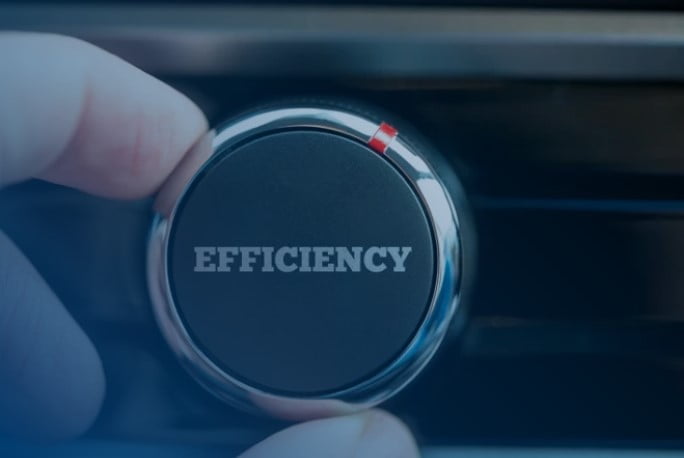In a typical chiller plant, the heat removed from the refrigerant in the condenser is transferred to the cooling tower to be dissipated to the atmosphere. You don’t have to be an expert to realize that heat escaping into the atmosphere is a sign of energy lost. With modern technology, chillers can now generate hot water for free to supplement boilers. Heat recovery leverages the refrigeration cycle by utilizing the heat extracted from the chilled water loop to meet the hot water demand of a given application. Modern heat recovery chillers can produce hot water that reaches 140°F.
Given that chillers and boilers are critical components in any building, it makes sense that they should work in tandem to create the most efficient HVAC system possible.
Here are a few expert tips to consider when exploring heat recovery chiller technology for your building:
- Optimize the advantages of heat recovery by conducting a thorough investigation of your commercial building’s environment.
As a result, one could quickly conclude that heat recovery is not limited to exhaust ducts and condenser pipes. Remember the goal of heat recovery is to capture all possible opportunities to transfer unwanted heat to consumers of heat.
- Consider the difference between partial vs full heat recovery.
When utilizing partial heat recovery, only the heat of compression is captured. In practice this is achieved by the addition of a “de-super-heater”, an intermediate heat exchanger, between the compressor and condenser in the refrigeration cycle.
The benefit of using full heat reclaim is the far higher percentage of waste heat recovered, up to over 100% of the cooling tons. Using full heat recovery eliminates the need for the chiller to be piped to a cooling tower at all, and all hot water is applied for useful purposes. This arrangement results in a dramatically more attractive financial incentive for heat recovery but is limited to applications that can use the temperature of hot water able to be produced.
- Determine the financial sense of utilizing a heat machine.
Work with your HVAC contractor to calculate an accurate determination of the payback potential of a given application. This calculation should take into consideration the input temperature, hours of operation, equipment model numbers, gas/electric rates, average chiller load, and demand in order to provide a reasonable estimate of savings in the feasibility stage. It is also worthwhile to check with the your local power company about potential chiller rebates that may be available. This is crucial to preventing the spend of time and money to install a chiller that under a more thorough investigation may not payoff enough to implement.
Enervise offers ongoing expert support for your commercial chillers. Learn more about our comprehensive tear-down, repairs and planned maintenance services for chillers.




